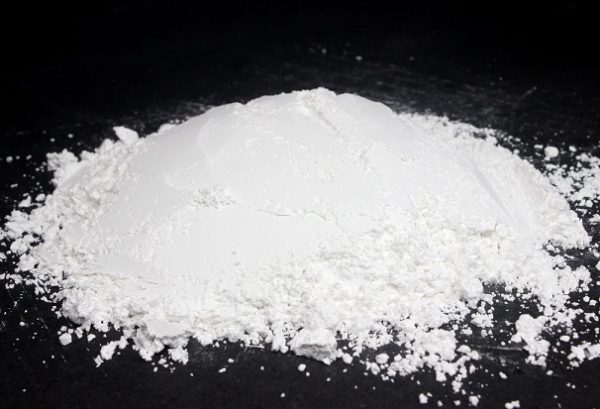
Surface modification is an important means to improve the application performance of calcium carbonate, improve its applicability, expand the market and usage. In the future, functionalization and specialization will become the main trend of calcium carbonate development, and the market demand for various surface-modified special calcium carbonates will increase.
1. Improve the dispersibility of calcium carbonate
Ultrafine is an important way to improve the quality of calcium carbonate, but the smaller the particle size of calcium carbonate, the higher the surface energy, the stronger the adsorption effect, and the more serious the agglomeration phenomenon.
Through surface modification, the modifier can be adsorbed on the surface of calcium carbonate in a directional manner, so that its surface has charge characteristics. Due to the repulsion of the same charge, calcium carbonate is not easy to agglomerate, thereby achieving good dispersion in the matrix.
2. Improve the compatibility of calcium carbonate
Through surface modification, the interfacial compatibility and affinity of calcium carbonate with organisms can be increased, thereby improving its product performance with composite materials such as rubber or plastics.
3. Reduce the oil absorption value of calcium carbonate
Surface modification is an important means to reduce the oil absorption value of powders. After surface modification, the number of aggregated particles of calcium carbonate is reduced, the dispersion is improved, and the gaps between particles are reduced. At the same time, the coverage of the modified molecules on the surface of calcium carbonate reduces the gaps within the particles. This coverage also changes the surface properties of calcium carbonate, weakening its surface polarity, reducing the friction between particles, and improving its lubricity. Therefore, it is more densely packed, with increased packing density and reduced oil absorption.
4. Expand the high-end application market of calcium carbonate
Calcium carbonate without surface modification has poor compatibility, is easy to agglomerate, and has poor application effect. These shortcomings become more obvious as the dosage increases.
Through surface modification, calcium carbonate has good interfacial affinity and reduced oil absorption. It can be better applied to high-end fields such as plastics, coatings, rubber, papermaking, sealants, and breathable membranes, improving product quality and further reducing the production costs of application companies.
5. Give calcium carbonate more functional properties
Calcium carbonate without surface modification can only be used as a traditional filling material, and its application field and dosage will be subject to certain restrictions. Through surface modification, calcium carbonate has transformed into a multifunctional modifier.
Calcium carbonate coated with silicon dioxide on the surface can partially replace white carbon black and supplement the deficiencies of white carbon black in some properties; light calcium carbonate coated with metal on the surface can improve some special properties of rubber products; calcium carbonate composite materials coated with titanium dioxide on the surface can replace titanium dioxide to a certain extent; acid-resistant calcium carbonate can be prepared by treatment with phosphate, aluminate, silicate or barium salt.
6. Increase the added value of calcium carbonate products
The surface-modified calcium carbonate has significantly improved use effects, good user experience, and the product price naturally increases accordingly.
